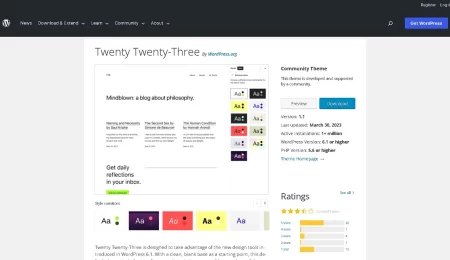50 most used tags in HTML?
Listing 50 most commonly used tags in HTML would be quite extensive, and also the usage of tags may vary depending on the context and purpose of the website. However, I can provide you a list of some commonly used tags in HTML that may be helpful:
<html>Defines the start and end of an HTML document.<head>Defines the header section of an HTML document, which includes information such as the title and meta tags.<title>Defines the title of an HTML document, which is displayed in the browser’s title bar or tab.<body>Defines the main content of an HTML document.<p>Defines a paragraph of text.<a>Defines a hyperlink, used to link to other web pages or specific parts of a web page.<img>Defines an image.<div>Defines a section of an HTML document, used for grouping other HTML elements together.<header>Defines a container for introductory content or a set of navigational links.<footer>Defines a container for the footer of a document or a section.<nav>tag is used to define a section of a web page that contains navigation links, typically used to create a menu for easy website navigation.<section>tag is used to define a distinct section of a web page, which is used for grouping together related content, such as paragraphs, headings, images, and other elements. It creates a new block formatting context and takes up the full width of its parent container.<article>tag is used to define a self-contained composition in a web page, such as a blog post, forum post, or news story, that makes sense on its own and can be independently syndicated. It creates a new block formatting context and takes up the full width of its parent container.<form>tag is used to create an HTML form, which is a section of a web page that contains elements such as text fields, checkboxes, radio buttons, and other input elements that allow users to enter and submit data to a server. It creates a new block formatting context and takes up the full width of its parent container.<input>tag is used to create various types of form inputs, such as text fields, checkboxes, radio buttons, and more, which allows users to enter data that can be submitted to a server for processing. It is a empty tag and is always used with a type attribute.<select>tag is used to create a drop-down list of options for a form input, which allows users to select one or more options from a list. It is a container tag and requires the tag to define the options list.<textarea>tag is used to create a multi-line text input area for a form, allowing users to enter and submit large amounts of text as form data. It is a container tag and requires the closing tag.<label>tag is used to create a text label for a form input element, providing a clear and accessible description of the input’s purpose to users. It is a container tag and can be associated with an input element using the for attribute.<button>tag is used to create a clickable button on a web page, which can be used to submit forms, trigger JavaScript functions, or navigate to a new page. It is a container tag and can include text or other elements within it.<h1>to<h6>tags are used to create headings of different levels on a web page, with<h1>being the most important and<h6>being the least important. They are container tags and can include text or other elements within them, and are used to structure the content of a webpage and help users understand the hierarchy of information.<ol>tag is used to create an ordered list, which displays a list of items in a numbered format. It is a container tag and requires the
tag to define the list items.<ul>tag is used to create an unordered list, which displays a list of items with bullet points. It is a container tag and requires the
tag to define the list items.<li>tag is used to define a list item within an ordered list (
) or unordered list (), it creates a new block formatting context and takes up the full width of its parent container. It can include text or other elements within it.<dl>tag is used to create a definition list, which consists of a series of term-definition pairs. The terms are in
and the definition are in
.It is a container tag and creates a new block formatting context and takes up the full width of its parent container.<dt>tag is used within a definition list (
) to define a term or phrase, it creates a new block formatting context and takes up the full width of its parent container. It can include text or other elements within it.<dd><strong><em><b><i><u><s><sub><sup><code><pre><blockquote><cite><abbr><address><time><mark><del><ins><samp><var><kbd><br><hr><style>and<script>
It is important to note that this list is not exhaustive and there are many more tags available in HTML to help you customize your website, but the



Leave a Comment